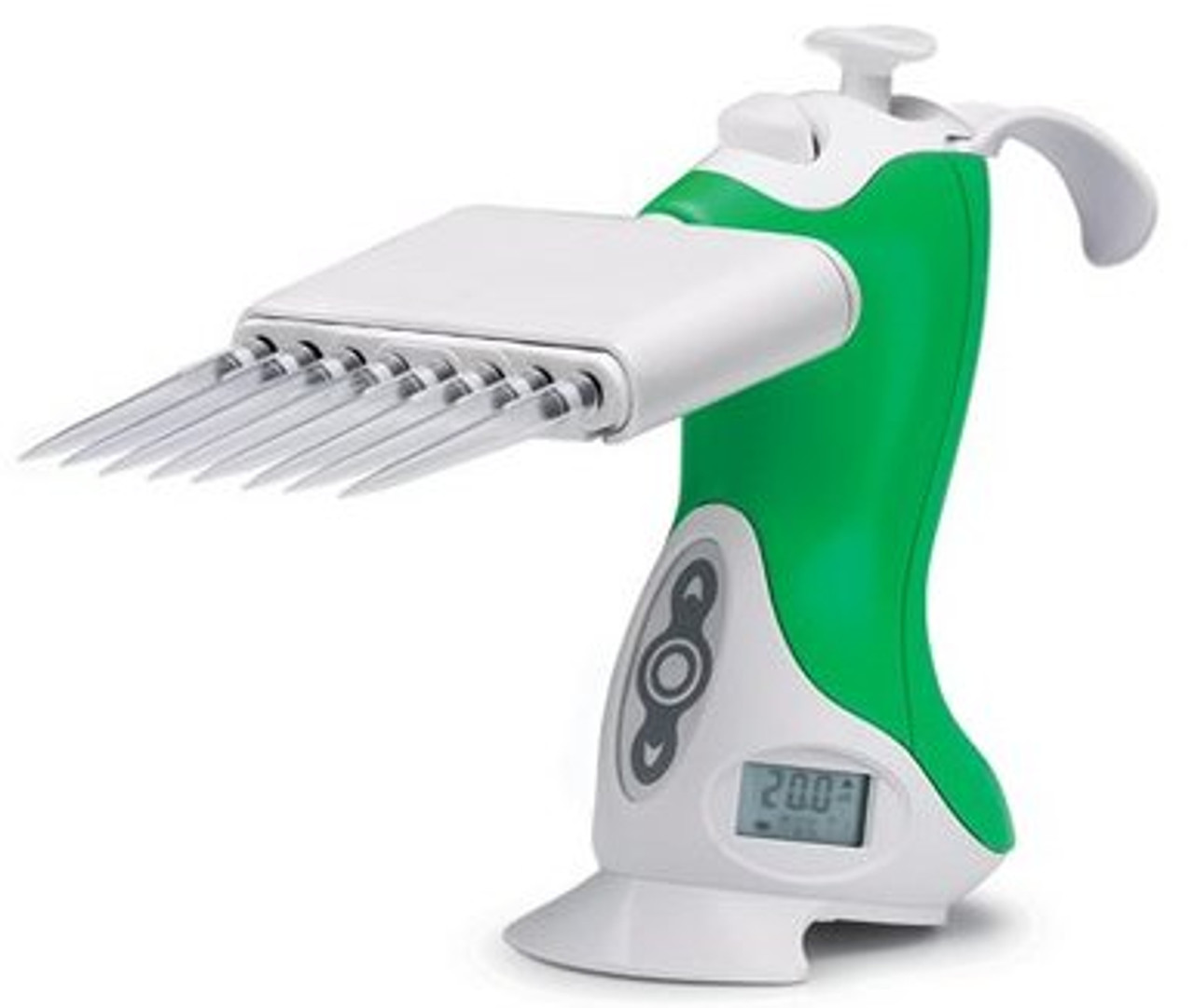Pushing a pipette too often over too much time can turn lab work into rehab. Despite being a known risk in labs for decades, this problem continues. In 1997, for example, David Buckle of the University of Surrey in the UK reported in Applied Ergonomics that 90% of people tested complained of hand pain after just an hour of pipetting. With advanced tools, the pain can be drastically reduced or completely avoided.
Don’t think that just any new pipetter can solve the problem, because it might not. In 2016, scientists from the Mayo Clinic noted : “One of the occupational activities that involves highly repetitive and forceful hand work is manual pipetting in chemical or biological laboratories.” Plus, scientists in Egypt reported in 2017 that pipetting was a statistically significant risk factor for carpal tunnel syndrome.
To some extent, the damage to personnel from pipetting arises from the method. For example, scientists in Sweden found that in pipetting “motor variability drops when repetitive movements are performed at increased paces, which may in the long run lead to undesirable outcomes such as muscle fatigue or overuse.” But slowing down is probably not the most likely direction of most modern labs.
So, to keep a lab running as fast and efficiently as possible and not sidelining the players, it’s worth taking a look at some advances in pipetting technology.
Take the plunge
A pipette can still be manual and reduce some injuries. For that, look for comfort. There, the Labnet BioPette is well-known for being comfortable to use.
This pipette comes in single - and multi-channel versions for a wide range of volumes. Plus, the Vista Lab Ovation pipettes are designed to be ergonomic. So, even among manual pipetters, it’s worth exploring the best fit for a lab.
In some situations, manual pipetting fails to meet a lab’s needs. Then, a lab manager must consider electronic pipettes. To make that choice, read Labnet International’s “Are Electronic Pipettes Right for Your Lab?”
As this article states, “Electronic pipettes are a great choice for labs looking to improve the accuracy and repeatability of results while reducing the risk of user affected results.” Those reasons probably drive most decisions to go electronic, but there’s one more: comfort.
According to Labnet’s "4 Reasons to Choose Pipette Controllers for Your Lab" “A motorized pipette is designed with ergonomics in mind to maximize comfort during use.”
Consider the electronic Ovations. For example, take a look at the Ovation 8 channel electronic multichannel pipette 25-1250uL, and the difference is apparent in the design alone.

For more throughput, consider the Ovation 12 channel electronic multichannel pipette 25-850uL.
With the right pipetters for a lab and some training in technique, the days of beat-up wrists and hands can plunge into the past.
But the cycle of decades of damage won't disappear on its own. Lab managers need to take the comfort and health of personnel as seriously as data.
Without personnel, even the most advanced tools can't run a lab.


